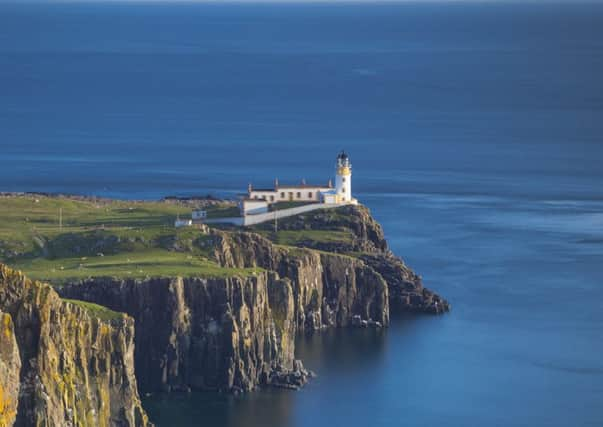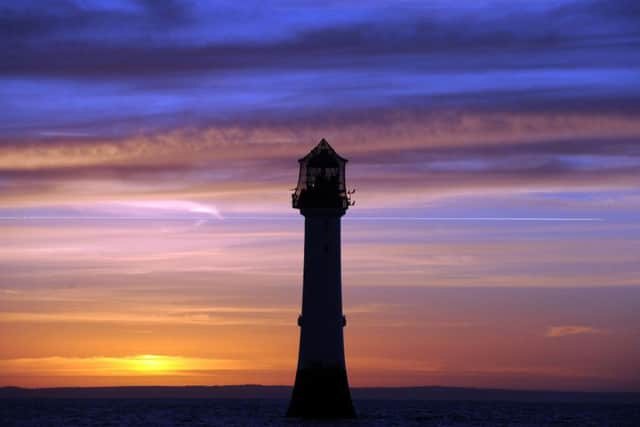Scotland's lighthouses help illuminate the tourist market


Lighthouses have now long been a source of wonder. Anne, Princess Royal, admits to having been fascinated by them since childhood, and it’s an interest that seems to be spreading.
While it still illuminates the North Channel of the Irish Sea near Stranraer, visitors to Corsewall Lighthouse are more likely to be interested in a good night’s sleep than the shipping forecast.
Advertisement
Hide AdAdvertisement
Hide AdFollowing automation in 1994, the Victorian building has been ran as a hotel, offering guests the chance to explore a piece of nautical history as well as enjoying its spectacular views.


It’s one of the several that have been reinvented as businesses, a process that began with the decommissioning of several historic facilities in the late 20th century.
The first lighthouse of modern era in Scotland began life in 1787 as a beacon tied to the roof of the 16th-century Kinnaird Castle in Fraserburgh. The fortification was largely demolished and rebuilt in 1820 as a more recognisable beacon. It was continuously manned until 1991.
Since 1995, the building has welcomed visitors as the Museum of Scottish Lighthouses.
“Technological advances mean lighthouses are no longer the first point of navigation for shipping,” said museum tour guide Michael Cruickshank.


“But visitors want to see the ‘big flash’ rather than your modern technologies. As lighthouses are no longer manned, it’s allowed opportunities for people to come and explore them.
“It’s helped by the fact they tend to offer commanding views, often in idyllic settings, which gives them a romantic quality.”
Cruickshank believes a growing interest in the structures is part of a wider appreciation of industrial heritage.
Advertisement
Hide AdAdvertisement
Hide Ad“Like shipbuilding, the old days are gone but there remains a huge interest in how things used to be done. We no longer have lighthouse keepers, but people still want to find out how they lived in these remote spots.”
The fascination extends to all corners of the country. Bona Lighthouse became the latest holiday let when it was converted in 2013 as part of a major refurbishment project led by Scottish Canals. It was one of only two inland lighthouses in Scotland and once the smallest manned station in the UK.
Scotland’s lighthouses still play a vital role in keeping ships safe, with more than 200 in operation around the coast and out at sea. They range from small lit buoys to towering landmarks like the Bell Rock lighthouse, which has been in operation since 1811.
The Northern Lighthouse Board (NLB), which covers Scotland and the Isle of Man, has maintained navigational aids since 1786. Headquartered in Edinburgh, the NLB is not a devolved body and remains directly accountable to the UK Secretary of State for Transport.
Scotland’s last lighthouse keeper, Angus Hutchison, died aged 75 in 2013. He was the last man to leave the country’s last manned lighthouse on Fair Isle, between Orkney and Shetland, in 1998.
After Fair Isle became automated on 31 March 1998, Mr Hutchison, who had been due to retire that year, recognised the decision due to technology, but mourned the passing of the human element.
He was the fourth generation of his family to serve the Northern Lighthouse Board – set up in 1786 – following his great-grandfather, grandfather, father and uncle. Together they chalked up around 160 years of service.
Following the historic moment, he said: “It just happened to be my watch when it happened. It was a sad day, but a day we were all very proud of.
“It was something we did not want to accept, but something that we knew.
“When the Russians and Americans put satellites up in space that was the beginning of the end.”